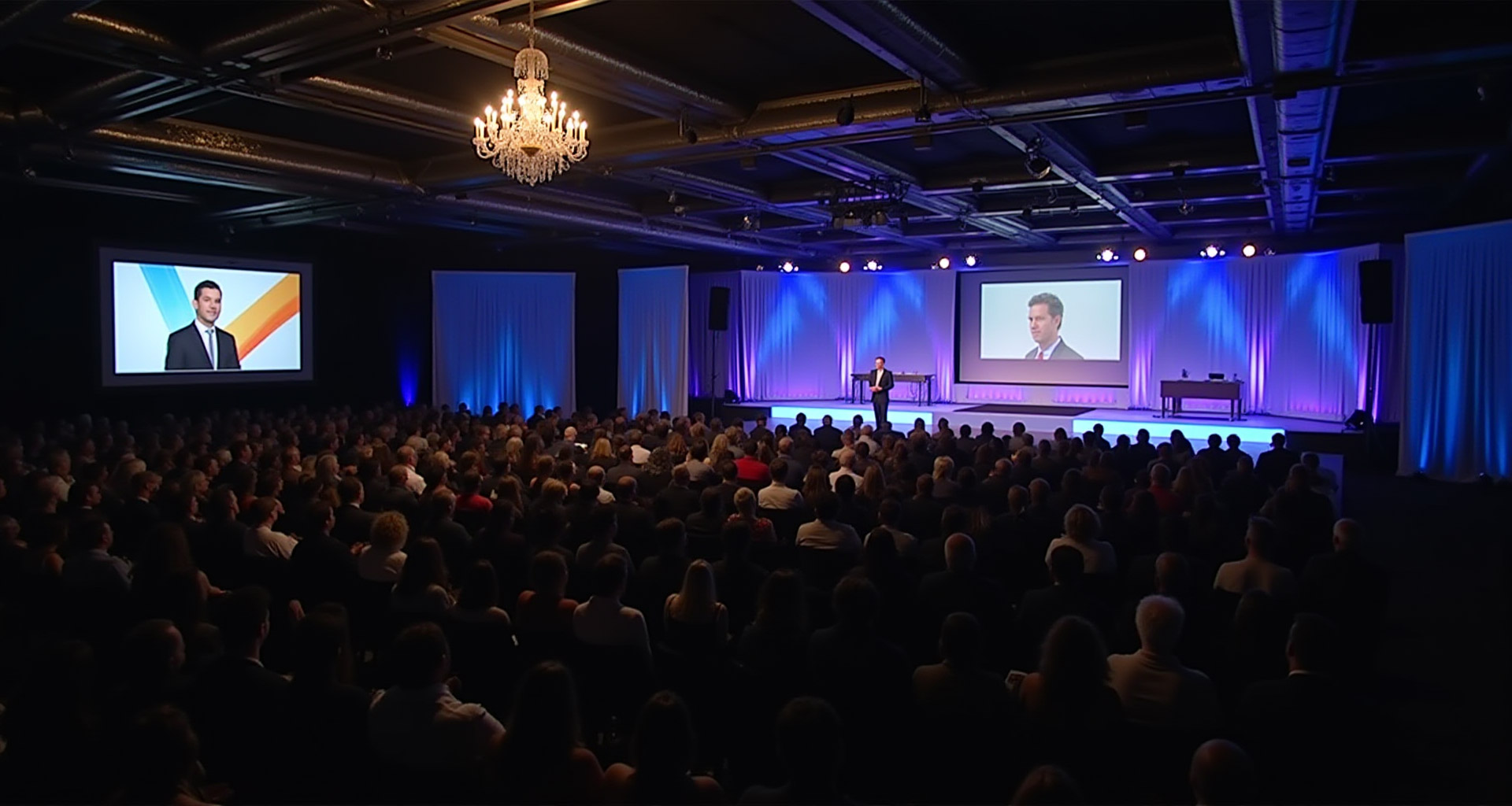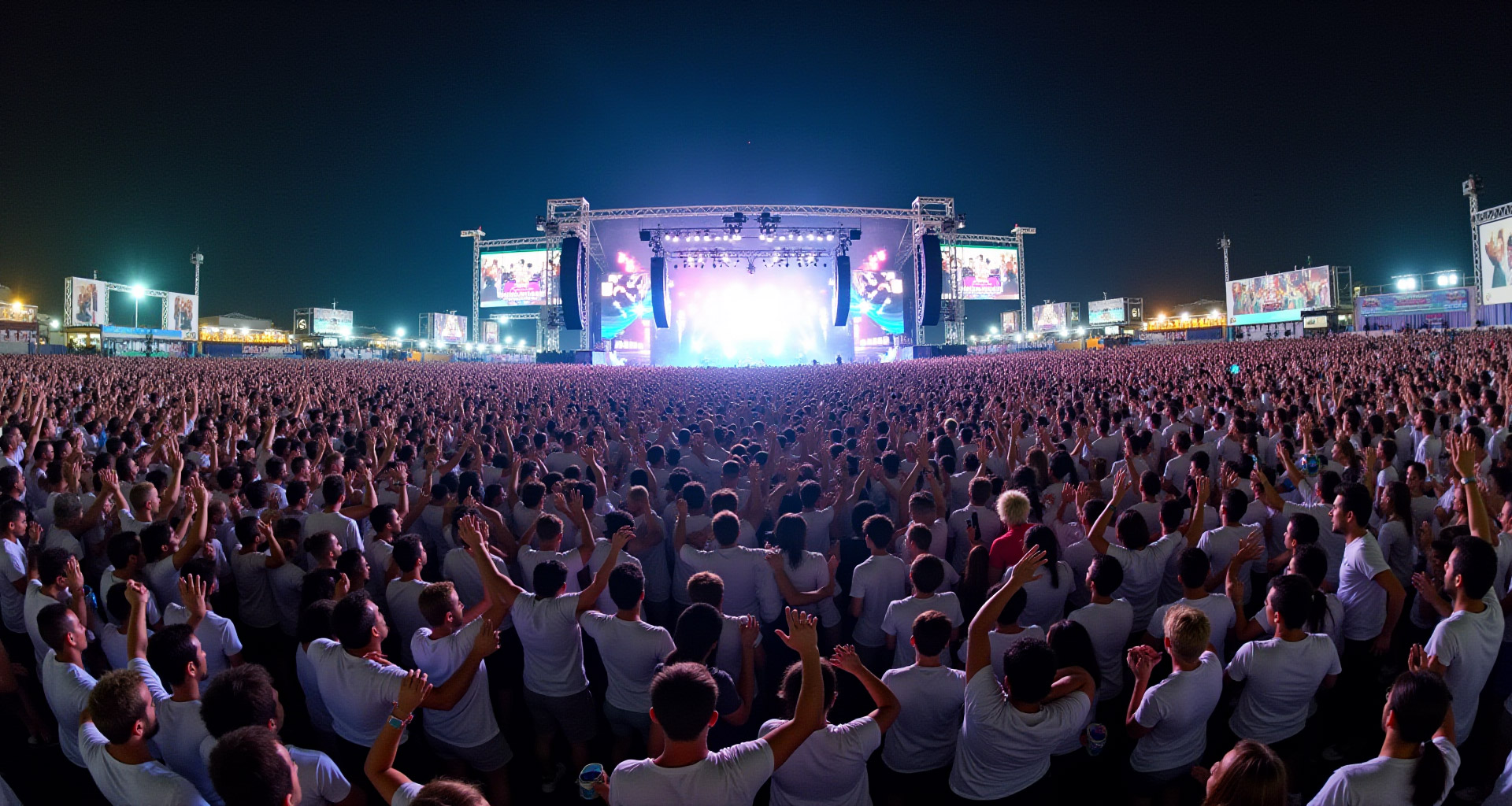Modern studies of neuroscience offer unique insights into how the human brain perceives and processes information at live events. At the core of these processes lie cognitive mechanisms, activating during interaction with the external world. Critical concepts include attention, memory and emotional involvement, which are extremely important for successful perception and retention of information. Learn more about how Avion Events can help in organizing corporate events, taking into account these aspects.
Brain activates areas responsible for sensory stimuli during events such as conferences and seminars. This allows participants to perceive, analyze, and remember information effectively. Awareness of these mechanisms gives organizers the opportunity to create programs that stimulate cognitive processes and increase participants’ involvement to 75%.
Sensory stimuli: How to capture attention and enhance involvement?

Sensory stimuli have a significant influence on the concentration and involvement of participants. Visual, auditory, and tactile elements enhance the perception of information. Consider how each of these stimuli affects cognitive processes.
- Vision: Bright presentations, interactive screens, and visual effects activate the visual cortex of the brain. Using colors, graphs, and images can increase remembering information 60%.
- Hearing: Music and sound effects enhance emotional perception, helping focus attention. Studies show that music improves cognitive functions by 40%.
- Touch: Interactive installations and physical interaction with materials stimulate the somatosensory cortex brain. Such methods increase depth involvement to 50% through physical experience.
Emotions under control: Remembering and learning through emotional triggers

Emotions play a key role in the process of remembering and learning, activating the limbic system of the brain, and supervising long-term memory. Organizers can use this for the creation of emotionally rich events, increasing involvement to 80%. Studies show, that emotional triggers significantly enhance remembering.
- Emotional triggers: Personal stories, interactive games, and unexpected surprises create an emotional connection with the audience, improving remembering information by 70%.
- Social interaction: Communication and exchange experience enhance a sense of belonging and involvement, activating networks related to empathy and social support, which leads to more deep learning.
Innovative methods and technologies for enhancing involvement

Many methods and technologies can enhance the involvement of participants by influencing neural processes. Organizers events should consider following approaches, which can increase involvement to 90%:
- Virtual and augmented reality: These technologies create unique interactive experiences, stimulating visual and auditory channels of perception. Virtual reality allows the transfer participants to another world.
- Biofeedback: Tracking physiological reactions, such as heart rate, promotes awareness and improvement in the management of emotions at events.
- Gamification: Introduction elements of the game, such as competitions and quests, stimulate motivation, activating dopamine pathways in the brain, which leads to enhanced satisfaction and involvement.
Real examples: Successful corporate events

Consider examples of events where principles neuroscience successfully increased involvement to 85%. Scientific studies confirm effectiveness these approaches.
- Technological conference: Augmented reality created interactive stands, attracting the attention of 95% of participants through virtual interaction with products.
- Teambuilding on open air: Gamification through team tasks enhanced cooperation and creative thinking, which strengthened team spirit among 90% of participants.
- Training seminar: Music created a comfortable atmosphere, reducing stress and improving the perception of material among 80% of participants.
Challenges and limitations: When neuroscience not always suitable
Despite its advantages, using the use of neuroscience in corporate events has limitations. Not all methods are applicable to every case, and some require significant investments. Individual differences in perception and processing of information can affect effectiveness. It is important to consider these factors and adapt strategies according to the ing of the ics audience and the als event, which will the low potential neurosciencee on 100%.

Fixie owner, shiba-inu lover, record lover, reclaimed wood collector and TDC honorary member. Doing at the fulcrum of modernism and sustainability to craft experiences both online and in real life. Let’s design a world that’s thoughtful, considered and aesthetically pleasing.


